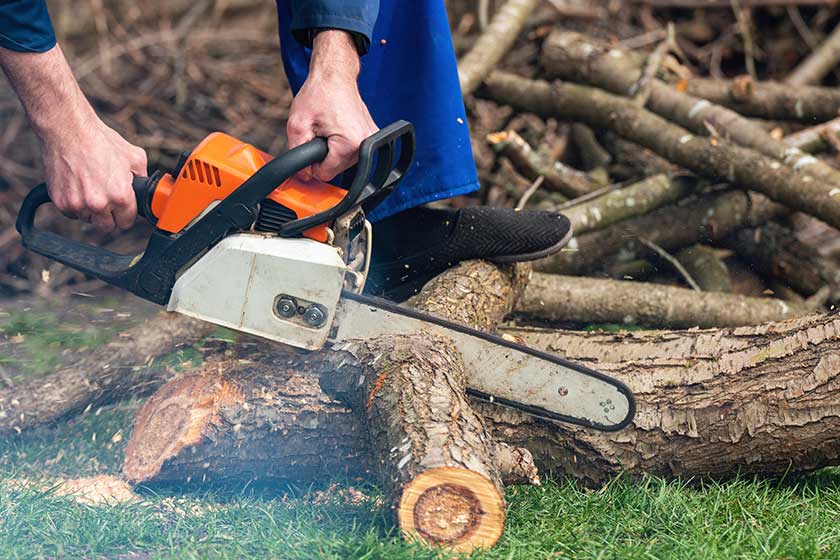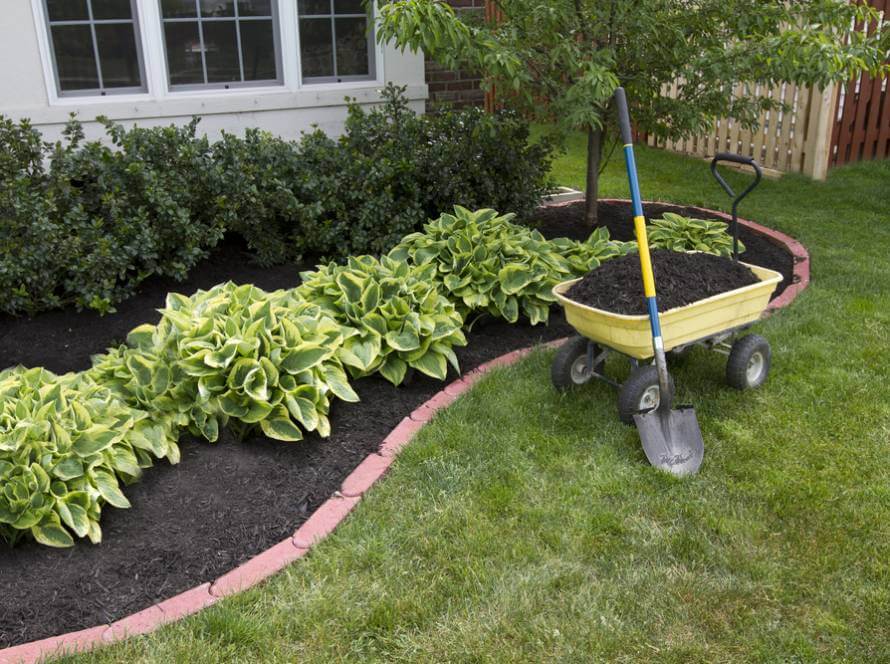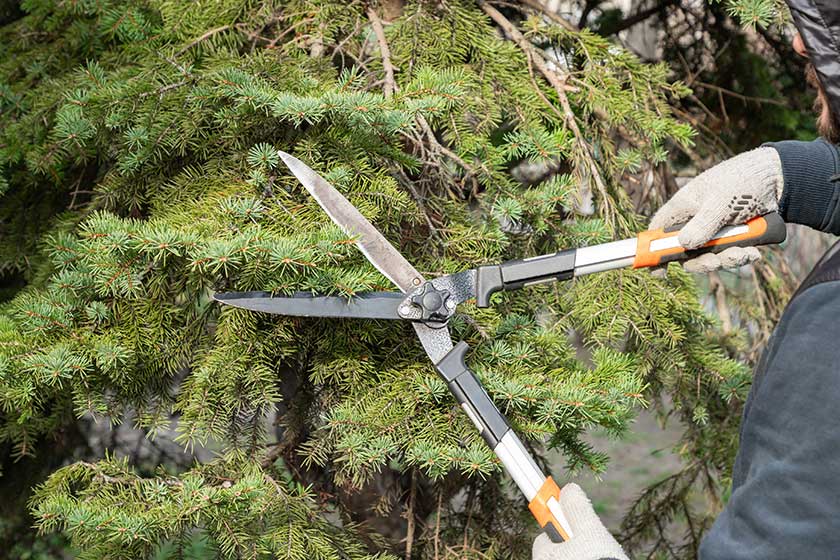Tree maintenance is a key aspect of landscaping that requires a clear understanding of various practices. Tree trimming vs. pruning often causes confusion. However, knowing the distinction can guarantee healthier trees and a well-kept landscape.
While both techniques aim to keep trees in optimal shape, they serve different purposes. Trimming mainly focuses on removing excess growth and shaping the tree’s appearance. Meanwhile, pruning targets the removal of specific branches to enhance the tree’s health.
What Is Tree Trimming and Why It Matters
Tree trimming is the process of removing overgrown branches or leaves to maintain the shape and size of a tree. It helps trees maintain a neat appearance and promotes healthy growth by eliminating dead or dying parts. Trimming does not focus on the health of the tree as much as it does on aesthetics and safety.
For example, trimming helps prevent branches from interfering with power lines, fences, or buildings. Keeping trees well-trimmed can improve the overall look of your landscape, contributing to the curb appeal of your property.
The importance of tree trimming also extends to the overall structure of the tree. Regular trimming helps manage the spread of branches and prevents overcrowding, which could hinder sunlight penetration. This process encourages better airflow and reduces the risk of diseases or pests that could harm the tree.
What Is Tree Pruning and Its Benefits
Tree pruning involves the removal of specific branches to improve a tree’s health and longevity. This technique goes beyond aesthetics, with a focus on removing diseased, damaged, or crossing branches.
Pruning makes sure that a tree’s structure remains strong and balanced by allowing the healthy branches to thrive. It helps the tree grow in a controlled manner. This is particularly important for fruit-bearing trees or any tree planted for shade or ornamental purposes.
Pruning also plays a significant role in reducing the risk of future problems. Cutting away branches that could pose a hazard, pruning enhances safety by eliminating potential falling branches during storms. Additionally, pruning encourages the tree to produce more blossoms or fruit by redirecting energy toward healthier parts of the tree. Pruned trees often grow stronger and more resilient. They benefit from the removal of weak points that could otherwise undermine their health.
Key Differences Between Tree Trimming vs. Pruning
The difference between tree trimming vs. pruning lies mainly in the purpose of the technique. Trimming typically addresses the exterior appearance and overall shape of the tree, while pruning focuses on health and growth.
Trimming removes excess growth that may obstruct paths or structures. On the other hand, pruning carefully removes specific branches that could hinder a tree’s health or cause future issues. Understanding these differences helps homeowners and businesses alike maintain trees that are both beautiful and healthy.
While trimming can be done more frequently and with less technical skill, pruning requires more attention to detail. Improper pruning can lead to damage or stress on the tree. This is why it often requires professional experience. Trimming, on the other hand, is less risky and can be done on an ongoing basis to maintain an aesthetically pleasing landscape.
Best Times for Tree Trimming and Pruning
To maximize tree health and growth, timing your trimming and pruning is crucial. The best period is typically late winter or early spring, just before the tree begins to produce new growth. This timing promotes quick healing and guarantees effective cuts. Conversely, pruning during active growth can stress the tree, resulting in diminished growth.
Pruning, on the other hand, is typically recommended during the dormant season in late fall or early winter. Pruning during this time helps prevent disease spread, as trees are less likely to be affected by pests or pathogens when they are not actively growing.
Additionally, pruning during dormancy minimizes the impact on the tree’s overall health. However, it is important to consider the tree species before scheduling any pruning, as some trees may require different timing for optimal results.
How Tree Trimming and Pruning Affect Growth
Both tree trimming and pruning play an integral role in how a tree grows. Tree trimming promotes even, controlled growth by removing excess branches that could interfere with other parts of the tree.
It helps balance the tree’s structure. This makes sure that no branches grow too long or in a direction that could cause issues. Proper trimming allows the tree to grow more efficiently, with all branches receiving sufficient sunlight and nutrients.
Pruning, in contrast, directly influences the tree’s health and strength. Pruning guarantees that the tree’s resources are focused on the strongest and healthiest parts by removing weak or diseased branches. Pruning can also encourage fruit-bearing trees to produce more fruit or ornamental trees to produce more blooms.
When done properly, pruning helps direct the growth of the tree toward areas that need strengthening, improving its overall vitality and longevity.
Get Expert Care from Scottsdale Tree Trimming Experts at Covenant Landscapes
When you need professional tree trimming experts, look no further than Covenant Landscapes. We specialize in offering expert tree trimming vs. pruning services, making sure your trees get the care they deserve. Our local tree services help maintain your tree’s health, allowing it to thrive year-round. At Covenant Landscapes, we focus on providing tailored services to meet your landscaping needs. Reach out today to schedule a consultation and discover how we can help enhance your property’s tree health.



